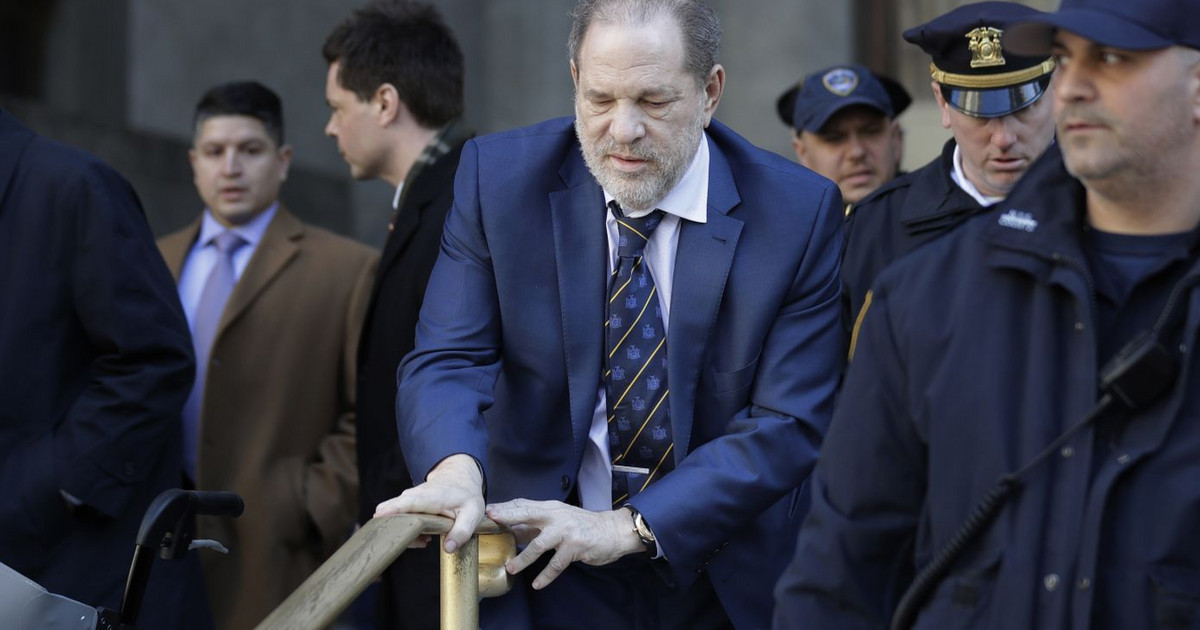Faced with a tight window and political uncertainties, the road sector should have few projects going to auction later this year – with the risk of further delays. Even so, market agents are betting that the infrastructure agenda should be maintained regardless of the governments that take office in 2023, both at the federal and state levels, with the volume of highways granted to the private sector doubling in size in the coming years.
According to data from the Brazilian Association of Highway Concessionaires (ABCR), Brazil currently has just over 26 thousand kilometers of highways under concession. Over the next six years, the expectation is that another 27 thousand kilometers will be transferred to private management, which should represent almost R$ 140 billion in investments. The highlight is the federal program, which should have about 18 thousand kilometers auctioned. At the state level, Minas Gerais should lead the way in highway concessions, with more than 2,200 kilometers, followed by Mato Grosso and Goiás.
Query
According to the president of ABCR, Marco Aurélio Barcelos, despite the restricted window for auctions this year, several projects at the federal level are being modeled or are already under public consultation. “The main message is that the infrastructure concession program has played an important role in recent years. The next government will have a lot of work to do to turn these projects into reality. The sector’s perspective is positive, the concession policy will not slow down”, he assesses.
The official recalls that the first cycle of highway concessions, which began in the mid-1990s, has already been concluded. “We are practically migrating to a fifth stage of this concession process, we have a story to tell, a lot has changed over time”, says the director.
Companies tend to be more selective in new projects
There is no shortage of projects to be auctioned in the road sector, says the senior executive of project finance at Santander, Edson Nobuo Ogawa. “There is a lot to be done, we had important auctions both at the state and federal levels. Now, we have to work on the schedule of more complex highways, which may require some government funding”, he assesses.
He adds that the “bone in steak” concession model – which joins mature highways with others that would not be financially viable on their own – has also been successfully adopted. “In the road sector, the existing pipeline is very important.”
limitations
The partner of Castro Barros Advogados, Paulo Dantas, says that there are still few competitors disputing large projects in the sector.
“There is plenty of room for highway concessions, the problem is that we have few players in large projects and they will be more selective in their choices, not all auctions will make sense”, he says.
According to the specialist, despite notable advances in the sector, the deficit in investments in highways is still very large. He notes that, in addition to projects that provide for completely new infrastructure (called greenfield), there is also a demand for those that only cover maintenance and services (brownfield) – which would already require significant figures from the public authorities, which often fail to do these tasks. contributions. “For the size of Brazil, the players in the sector are still limited”, he says.
For Machado Meyer Advogados partner Lucas Sant’Anna, the maturing of the highway concessions ended up bringing an environment of lower returns from the projects. Additionally, he points out that numerous contract rebalancing claims have not yet been resolved. “With many contracts ending, doubts remain about how the values owed to the concessionaires are”, he says.
Source: CNN Brasil
Joe Jameson, a technology journalist with over 2 years of experience, writes for top online news websites. Specializing in the field of technology, Joe provides insights into the latest advancements in the industry. Currently, he contributes to covering the world stock market.





.jpg)
